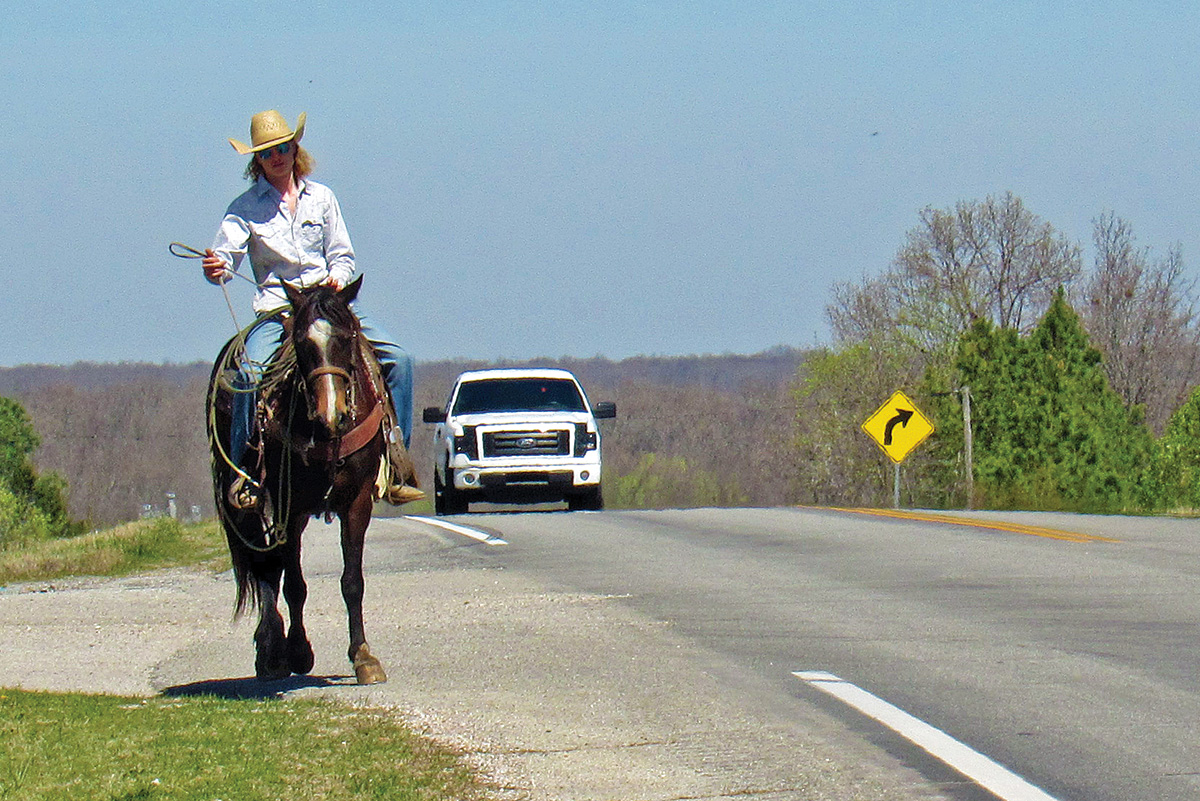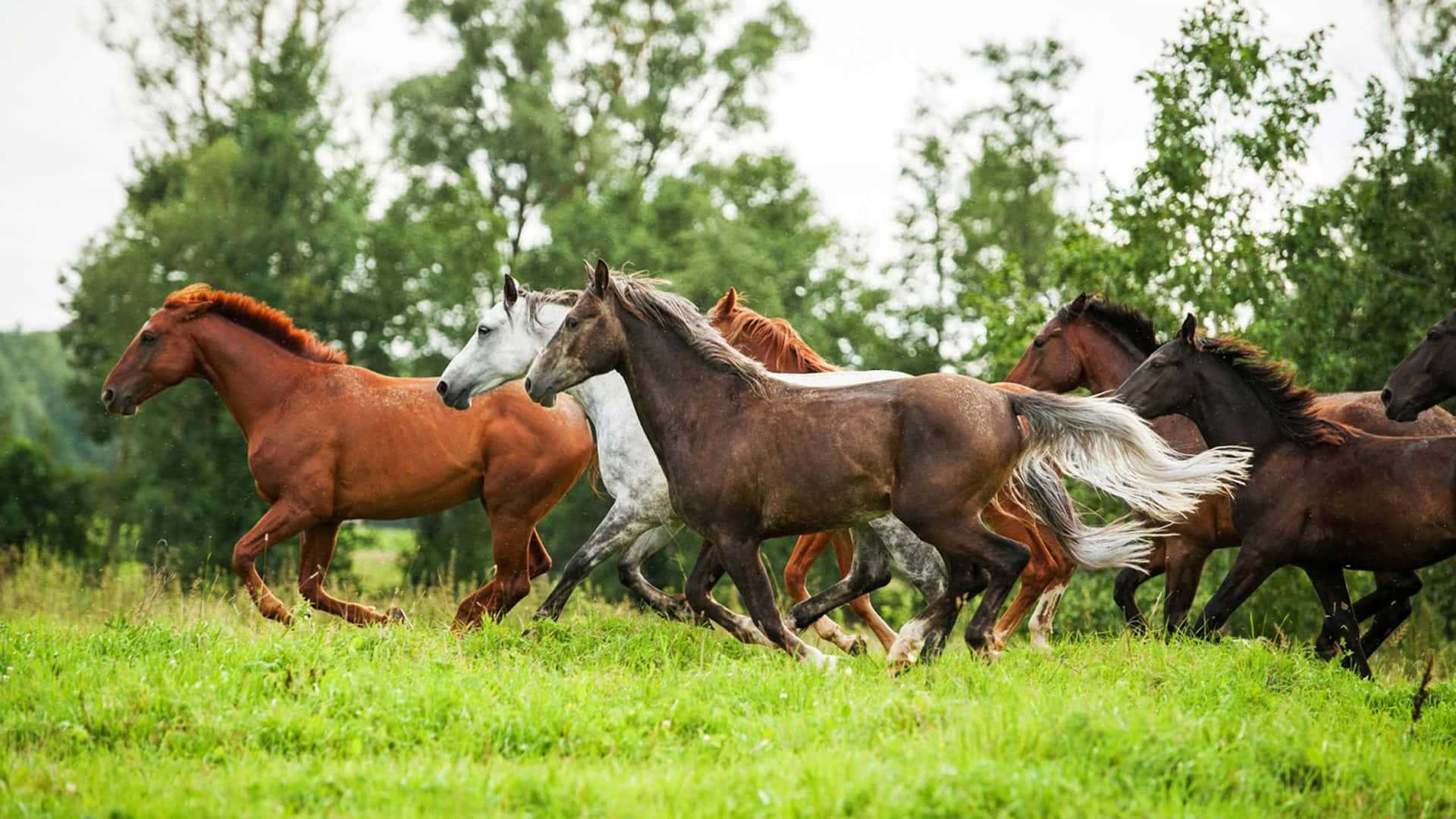Horse Cum Road: Essential Safety For Equestrian Journeys
Table of Contents
- Understanding the "Horse Cum Road" Dynamic
- Trailer Transport: A Crucial "Horse Cum Road" Component
- Road Safety for Riders and Drivers
- Equine Health and Road Surfaces: Addressing Lameness
- Behavioral Considerations: Aggression and Stress
- Navigating Emergencies: When Horses Need Roadside Assistance
- Community and Resources for Horse Owners
- Researching Equestrian Topics: The Path to Expertise
Understanding the "Horse Cum Road" Dynamic
The phrase "horse cum road" encapsulates the intricate relationship between equines and the pathways they traverse. Far from being a simple matter of movement, it involves a complex interplay of animal behavior, human responsibility, vehicle dynamics, and environmental factors. For horse owners, this dynamic is a daily reality, whether it’s trailering a mare to a show, leading a horse across a driveway, or riding along a quiet country lane. Each interaction presents unique challenges and demands a proactive approach to safety. The goal is to minimize risks, ensure the well-being of the horse, and protect other road users. This requires not just knowledge of traffic laws, but also a deep understanding of equine psychology, physical limitations, and proper equipment use.Trailer Transport: A Crucial "Horse Cum Road" Component
One of the most common ways horses interact with roads is through trailer transport. This essential activity, a core part of the "horse cum road" experience, can range from short trips to the vet to long-haul journeys across states. The success and safety of these trips heavily depend on the trailer itself and the methods used to load and transport the horse. As one owner shared, "My mare has done well in a trailer," highlighting the importance of a horse's comfort and training in this context. However, issues can arise, as another owner painfully discovered: "I bought a brand new aluminum trailer this summer. I wanted to keep it bright and beautiful, so I washed it with aluminum cleaner. Well, I ruined my trailer." This anecdote underscores the need for proper maintenance and care, not just for the horse, but for the equipment that ensures their safe passage.Choosing and Maintaining Your Horse Trailer
Selecting the right horse trailer is paramount. Factors like material (aluminum vs. steel), size, ventilation, and suspension all play a role in the horse's comfort and safety. Aluminum trailers are popular for their lighter weight and rust resistance, but as the experience above shows, they require specific cleaning agents to prevent damage. Regular maintenance is crucial: check tires, brakes, lights, flooring, and ramps before every trip. A well-maintained trailer minimizes the risk of breakdowns and ensures a stable environment for your horse. Think of your trailer as an extension of your horse's stable, requiring similar attention to detail for their comfort and security.Ensuring a Smooth Ride for Your Equine Partner
Beyond the trailer's condition, the way a horse is loaded and transported significantly impacts their experience. Training your horse to load calmly and confidently is vital. During transit, smooth driving, avoiding sudden stops or turns, and ensuring adequate ventilation are key. A horse that is comfortable and relaxed in the trailer is less likely to experience stress, injury, or behavioral issues. Providing hay nets and ensuring access to water during longer stops can also contribute to their well-being. A positive trailering experience builds confidence in your horse, making future "horse cum road" journeys less stressful for everyone involved.Road Safety for Riders and Drivers
When horses are ridden or driven directly on public roads, the "horse cum road" dynamic becomes even more immediate and demands heightened awareness. Unlike vehicles, horses are live animals with unpredictable instincts, and they react to their environment in ways that drivers may not anticipate. This necessitates a proactive approach from equestrians and an understanding from motorists. Visibility, predictability, and communication are the cornerstones of safe road sharing. Riders must be seen, signal their intentions clearly, and be prepared for various scenarios, from startled horses to impatient drivers.Best Practices for Riding on Public Roads
Riding a horse on a public road requires adherence to specific safety protocols. Always wear appropriate safety gear, including a helmet and reflective clothing, especially during low light conditions. Consider using reflective leg bands or tail wraps for your horse. Ride predictably, staying to the far left in countries that drive on the right (or vice-versa), as if you were a slow-moving vehicle. Be aware of your surroundings: listen for approaching vehicles, and be mindful of potential hazards like potholes, drains, or sudden noises. Hand signals can communicate your intentions to drivers, such as turning or slowing down. If possible, ride with a companion, and choose routes with less traffic and wider verges. Educating local drivers about horse safety through community initiatives can also contribute to a safer environment for everyone sharing the road.Equine Health and Road Surfaces: Addressing Lameness
The interaction between a horse's hooves and various road surfaces is another critical aspect of the "horse cum road" relationship, directly impacting their long-term health. Hard, unforgiving surfaces like asphalt or concrete can put significant strain on a horse's joints, tendons, and ligaments. This can lead to issues like lameness, stone bruises, or even more severe conditions over time. As one owner noted, "My guy Moose seems lame all of the sudden. He is an 18-year-old OTTB and hasn't had any lameness issues before. He seems to just be walking slowly and cautiously around." While lameness can have many causes, consistent work on hard surfaces without proper conditioning or protection can certainly contribute. Regular farrier care, appropriate shoeing (or barefoot trimming), and varying the terrain a horse works on are essential preventative measures.Nutritional Support for Joint Health
Beyond external care, a horse's diet plays a crucial role in maintaining joint health, especially for those regularly exposed to the stresses of road work or transport. Adequate nutrition supports the integrity of connective tissues and helps manage inflammation. As recommended, "Make sure your horse is getting adequate amounts of essential amino acids (a 'complete protein' like whey protein powder), and has trace minerals balanced in the diet." Essential amino acids are the building blocks for protein, vital for muscle, tendon, and ligament repair and maintenance. Trace minerals like copper, zinc, and manganese are co-factors in enzyme systems that support cartilage health and bone density. A balanced diet, possibly supplemented with specific joint support ingredients like glucosamine or chondroitin, can significantly contribute to a horse's resilience against the wear and tear associated with the "horse cum road" environment. Consulting with an equine nutritionist or veterinarian can help tailor a diet to your horse's specific needs and activity level.Behavioral Considerations: Aggression and Stress
The "horse cum road" environment can be a source of significant stress for some equines, leading to behavioral changes, including aggression. Loud noises, unfamiliar sights, confined spaces (like trailers), and the general unpredictability of traffic can trigger anxiety. One individual recounted a concerning experience: "She said it made her horse aggressive. She said she had found studies that said this could happen." This highlights the very real impact external stressors can have on a horse's temperament. Aggression in a horse, especially in a public setting, poses a serious safety risk to handlers, other animals, and the public. Understanding the root causes of such behavior – whether fear, discomfort, or pain – is crucial for effective management. It's important to differentiate between a horse acting out due to fear versus true aggression. Fear-based reactions might include bolting, shying, or striking, often in an attempt to escape a perceived threat. True aggression might involve targeting a person or object with the intent to harm. Addressing these issues requires patience, consistent training, and often, professional intervention. Desensitization to common road stimuli, such as passing vehicles or loud sounds, can be achieved through gradual exposure in controlled environments. For horses exhibiting persistent behavioral issues, a veterinary check-up is always recommended to rule out underlying pain or medical conditions. As one owner mentioned, "I talked to the vet today, and she said that this lady's horse has a slightly..." indicating that even subtle physical discomforts can manifest as behavioral problems. Conditions like EPM (Equine Protozoal Myeloencephalitis), as a friend experienced, "A friend of mine had a similar issue when her horse was first diagnosed with EPM," can also cause neurological symptoms that affect behavior and coordination, making road travel particularly hazardous. Both behavioral training and veterinary oversight are key to managing these challenges.Navigating Emergencies: When Horses Need Roadside Assistance
Despite the best preparations, emergencies can occur during any "horse cum road" interaction. A horse might become cast in a trailer, suffer an injury, or simply refuse to move. These situations require quick thinking, appropriate tools, and often, professional assistance. The ability to handle such crises is a testament to an owner's preparedness. One vivid example from the data illustrates a challenging scenario: "We got out the tractor and were able to get a strap under the horse's stomach and tied it to the." This suggests a situation where a horse was down or stuck, requiring heavy equipment for extrication. Having an emergency plan is vital. This includes carrying a well-stocked equine first-aid kit, having contact numbers for your veterinarian, farrier, and a reliable roadside assistance service for horse trailers. Knowing basic horse handling techniques for emergencies, such as how to safely contain a loose horse or provide initial first aid for injuries, can make a significant difference. For serious situations like a horse being down in a trailer or in a ditch, specialized rescue teams or local fire departments with animal rescue training may be necessary. Always prioritize the safety of both the horse and the people involved, and do not attempt to move a large, injured animal without proper equipment and trained personnel.Community and Resources for Horse Owners
The equestrian world thrives on shared knowledge and mutual support. For horse owners navigating the complexities of the "horse cum road" journey, community forums and online resources are invaluable. As described, "A forum community dedicated to horse owners and enthusiasts, Come join the discussion about breeding, grooming, reviews, health, behavior, housing, adopting, care, classifieds, and more!" Such platforms provide a space for members to share experiences, ask questions, and seek advice from seasoned equestrians. These communities are particularly useful for discussing specific challenges related to road travel, such as trailer loading tips, managing road-related lameness, or dealing with behavioral issues that manifest during transport. They also serve as a place for members to "share equestrian related news from," keeping everyone informed about new safety regulations, equipment reviews, or health breakthroughs. The collaborative nature of these forums, where "Threads will be subject to approval by a member of the mod team" to ensure quality and relevance, fosters a trusted environment for learning and problem-solving. Engaging with such communities can provide practical solutions and emotional support, reminding owners that they are not alone in their "horse cum road" adventures.Researching Equestrian Topics: The Path to Expertise
Deepening one's understanding of equestrian topics, particularly those related to the "horse cum road" dynamic, requires diligent research and a commitment to continuous learning. Just as a student preparing for an academic assignment, "For my lit class I have to write an unbiased research paper with at least 1,500 words. So it can't be too broad of a topic but I have to be able to write an 8-page essay on it," horse owners benefit from focused, in-depth investigation. This means going beyond anecdotal evidence and seeking out scientifically sound information regarding equine health, behavior, and safety protocols. Reliable sources include veterinary journals, university extension programs, reputable equine associations, and certified professionals. When encountering new information, it's crucial to evaluate its credibility and applicability to your specific situation. For instance, if researching a specific lameness issue or a new dietary supplement, look for studies that support the claims. Understanding the principles of equine biomechanics, nutrition, and psychology can empower owners to make informed decisions that directly impact their horse's well-being and safety on and off the road. This commitment to unbiased, thorough research is a hallmark of responsible horse ownership and contributes significantly to the expertise, authoritativeness, and trustworthiness that define a truly knowledgeable equestrian.Conclusion
The "horse cum road" dynamic, interpreted as the intricate relationship between horses and the roads they encounter, is a fundamental aspect of modern equine management. From the careful planning of trailer transport to the vigilant practice of road safety, and from addressing potential health issues like lameness to navigating unexpected emergencies, every interaction demands attention to detail and a commitment to safety. By prioritizing proper equipment maintenance, understanding equine behavior, providing optimal nutrition, and engaging with knowledgeable communities, horse owners can significantly enhance the well-being of their animals and ensure safer journeys for everyone. We encourage you to share your own experiences and tips regarding horse safety on the road in the comments below. What strategies have worked best for you? Are there specific challenges you've faced and overcome? Your insights can be invaluable to fellow horse enthusiasts. For more in-depth information on specific topics, explore our other articles on equine health, training, and care. Let's continue to foster a community dedicated to the safe and harmonious coexistence of horses and roads.
Safety Tips for Riding Your Horse on the Road - Horse Illustrated

Download Beautiful Horse Running Picture | Wallpapers.com

Download Wild Horse Running Free | Wallpapers.com